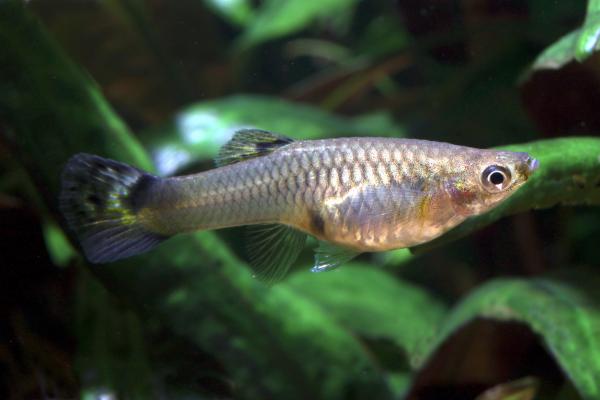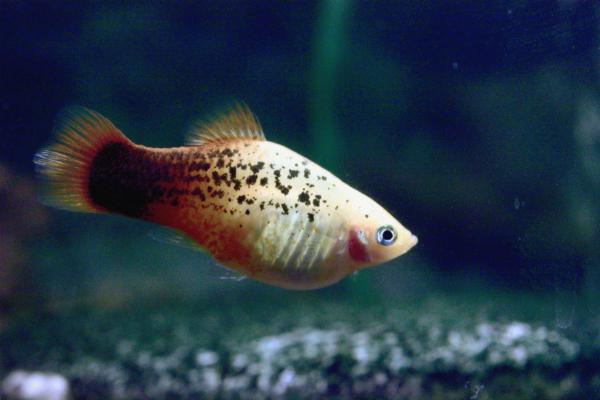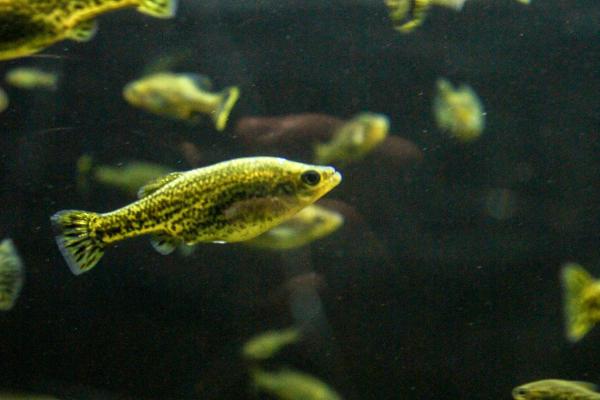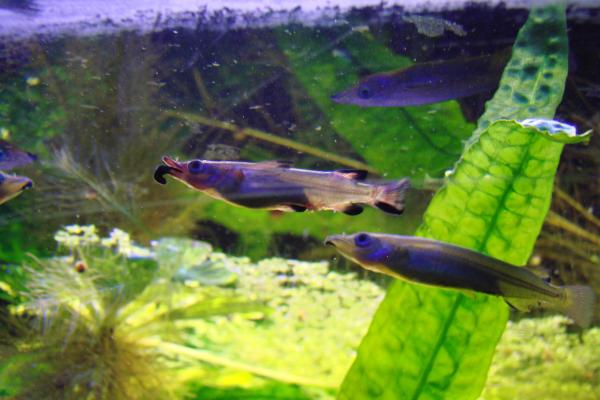When it comes to home aquariums, livebearing fish such as guppies, mollies, platies, and swordtails are among the most popular choices for both beginners and seasoned hobbyists. Their remarkable ability to give birth to fully formed, swimming fry makes them especially appealing to fishkeepers looking for an engaging and rewarding experience. In this article, we’ll dive into what livebearing fish are, their unique features, and introduce six of the most iconic livebearer species commonly found in aquariums.

Livebearing fish (viviparous fish) are species whose embryos develop inside the mother and are born as free-swimming juveniles, rather than hatching from eggs outside the body. This is different from ovoviviparous fish, whose eggs develop and hatch inside the female, but with no direct nutritional link between the mother and the developing embryo.
Viviparous fish: The embryo receives nutrients directly from the mother via a structure similar to a placenta (called a trophotaenia). Once fully developed, the mother gives birth to active, independent fry.
Ovoviviparous fish: Embryos develop inside eggs retained within the female, nourished by their yolk sac, and hatch internally before being released as young fish. There is no placental connection.
In the aquarium world, both true livebearers and ovoviviparous fish are often called “livebearers.” Most belong to the families Poeciliidae, Goodeidae, and Anablepidae.
Key features of livebearing fish:
Internal fertilization, with males possessing specialized anal fins (gonopodium or andropodium) for mating.
Females may store sperm for multiple broods from a single mating.
Most are omnivores and tolerant of a wide range of water conditions.
Many species are hardy and easy to breed—perfect for beginners.
Guppies are perhaps the most famous livebearers. Males are smaller (rarely over 3 cm) and vividly colored, with large fan-shaped tails. Females are larger and plainer. Guppies are prolific breeders, adaptable, and often used in research and mosquito control.

Mollies are peaceful, lively, and thrive in both freshwater and brackish water environments. They are omnivorous but require a good amount of plant matter in their diet to stay healthy. Females are larger than males, and males have a modified anal fin (gonopodium) for internal fertilization. Mollies also help keep aquariums clean by grazing on algae.

Platies, another poeciliid, are known for their convex bellies and large dorsal fins. They come in a variety of colors—yellow, orange, blue, and green—with distinctive black spots. Males are smaller and more colorful than females. Platies are easy to breed but may eat their young, so separating fry is recommended.

A member of the Goodeidae family, the butterfly splitfin features a silvery-gray, speckled body, with the dorsal fin positioned farther back. Males have black and yellow bands on their tail fins and less speckling than females. Females can give birth to up to 30 fry at a time, each with a visible trophotaenia (nutritional cord).

Also called the redtail splitfin, this species has a rectangular body, pointed head, and upturned mouth. Males display olive and blue-green iridescence, while females are plainer with an orange tint on the tail fin and a characteristic pregnancy spot. Unlike poeciliids, female Xenotoca require a new mating for each brood.

These livebearers from the family Zenarchopteridae have long, slender bodies and distinctively elongated lower jaws. Males are more colorful, with a pronounced lower lip. They feed on insects and larvae at the water surface. Both adults and juveniles may exhibit cannibalism, so separating fry from adults is crucial in aquarium settings.

Ideal for beginners: Hardy and prolific, making them perfect for entry-level fishkeepers.
Avoid overcrowding: To reduce aggression and prevent adult fish from eating fry.
Good water quality: Regular water changes and varied diets are key to maintaining healthy populations.
Provide cover for fry: Plants or spawning boxes can protect newborns from being eaten.
Livebearing fish are among the most rewarding and accessible choices for aquarium enthusiasts. Their fascinating reproductive strategies, vibrant colors, and ease of care make them perennial favorites in home and office tanks. Want to learn more about aquarium fish care or other aquatic species? Check out more of our articles for expert tips and inspiration!
animal tags: Livebearing Fish
We created this article in conjunction with AI technology, then made sure it was fact-checked and edited by a Animals Top editor.